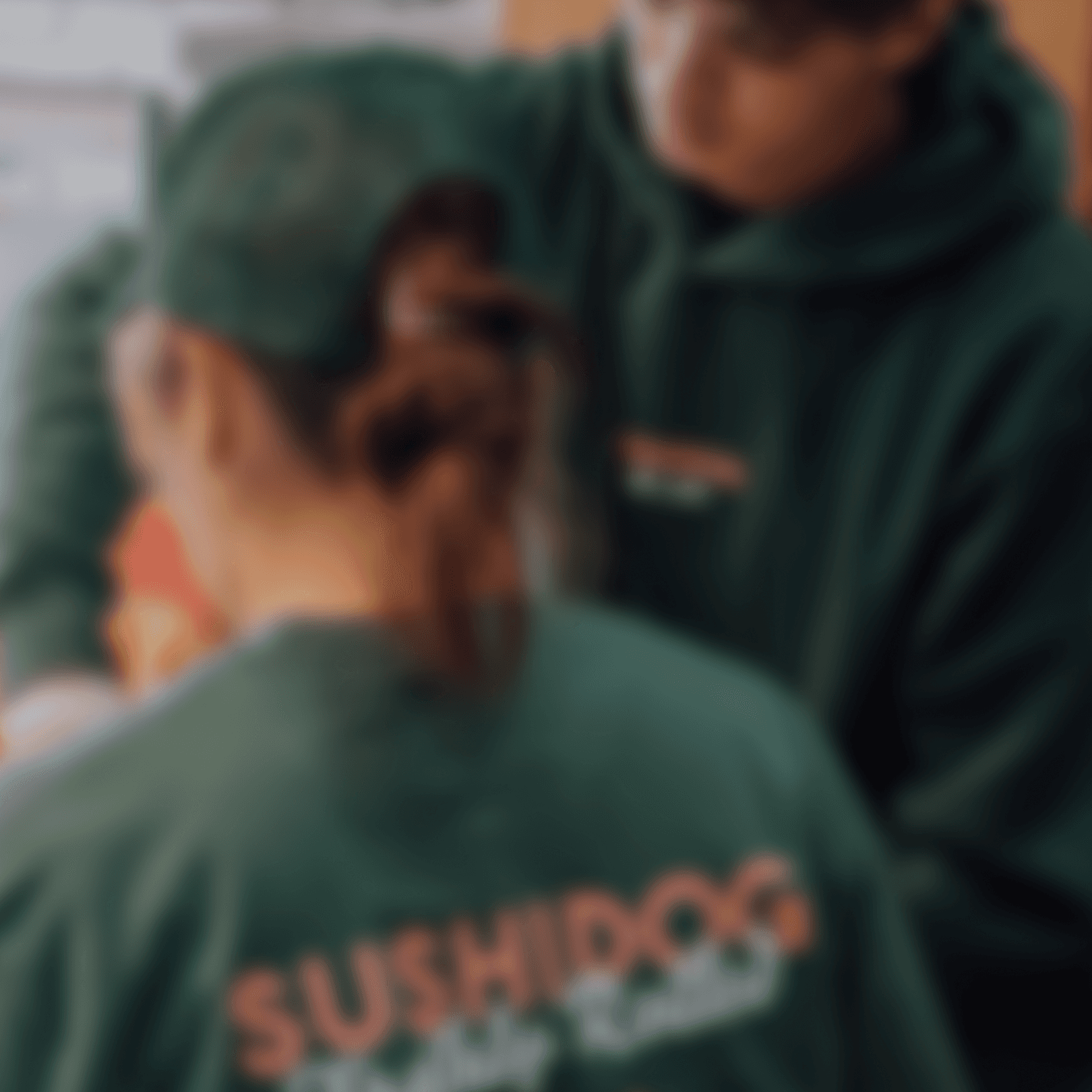May 7, 2025
– 10 minute read
Explore top customer loyalty programs examples that boost retention, increase engagement, and turn repeat buyers into loyal brand advocates.

Cormac O’Sullivan
Author
Loyalty programs are no longer just a “nice to have” they’re essential to building a loyal customer base. In a world where customers have more choices than ever, brands must go the extra mile to keep people coming back. One of the best ways to do that is by rewarding customers for their repeat business.
A well-designed rewards program improves customer retention, boosts engagement, and turns casual shoppers into loyal customers. In fact, research shows that 84% of consumers are more likely to stick with a brand that offers a loyalty program according to Bond Brand Loyalty. Whether it's points for every dollar spent, exclusive discounts, or free products, customer loyalty programs help create meaningful relationships that last.

What Are Customer Loyalty Programs?
Customer loyalty programs are structured marketing strategies that encourage customers to keep buying from a brand by offering them rewards. These rewards can include free products, discounts, special access to events, or even cashback.
5 Types of Customer Loyalty Programs
Not all loyalty programs are the same. Brands use different formats depending on their business goals and what motivates their customers. Below are five common types of customer loyalty programs each designed to increase customer retention, encourage repeat purchases, and boost customer engagement.
Points-Based Loyalty Programs
This is the most popular type of rewards program. Customers earn points for every purchase, and those points can later be redeemed for discounts, free products, or other perks. It's a simple, effective way to reward customers and keep them coming back.
For example, with Starbucks Rewards, members collect "Stars" for every transaction. These stars can be used to claim free drinks, food, or exclusive merchandise. According to Starbucks, the program is a major driver of sales, with loyalty members accounting for over 50% of revenue in U.S. stores.
A points-based program works well for businesses with frequent, repeat purchases. It encourages loyalty by offering points for every dollar spent, giving customers a reason to choose your brand again and again.
Tier-Based Loyalty Program
Tiered rewards programs motivate customers to reach new levels by offering better benefits at higher tiers. The more they spend, the more they unlock. This model taps into the psychological desire for progress and exclusivity.
Sephora’s Beauty Insider is a great example. Members are divided into Insider, VIB, and Rouge tiers based on annual spending. Each tier offers increasing rewards, from free shipping to exclusive product access. This structure not only rewards loyalty, but also encourages customers to spend more to reach the next tier.
These tiered rewards make customers feel valued and appreciated, boosting long-term loyalty.
Visit-Based Loyalty Program
Rather than tracking spend, visit-based loyalty programs reward how often a customer visits a store or interacts with the brand. This approach works well for cafes, salons, fitness centers, and other service-based businesses.
For example, a coffee shop may offer a free drink after every ten visits. While simple, it can be very effective at driving repeat purchases and increasing customer engagement. It's a great option for businesses with smaller ticket sizes but high visit frequency.
Gamified Loyalty Program
Adding game elements to your rewards program can make it more fun and interactive. This includes challenges, badges, surprise rewards, and social sharing features that turn loyalty into a playful experience.
Gamification increases user participation and can boost brand affinity. Nike, for example, uses its Nike Run Club app to reward customers with badges and milestones for completing workouts. These rewards may not always be tangible, but they create a powerful emotional connection that keeps users engaged.
A gamified loyalty program taps into the human desire for achievement, which can make your program more addictive and enjoyable.
Paid Loyalty Program
A paid loyalty program charges customers a fee in exchange for exclusive benefits. Though it may seem risky, it can be highly effective especially when the value exceeds the cost.
Amazon Prime is one of the best-known examples. For an annual or monthly fee, members get fast shipping, streaming services, exclusive deals, and more. This all-in-one membership creates a powerful reason to shop on Amazon, again and again. In fact, Prime members spend an average of $1,400 per year compared to $600 for non-members.
Because customers have skin in the game, paid loyalty programs often result in higher customer lifetime value and deeper brand loyalty.
What Do Customers Want from a Loyalty Program?
A loyalty program is only effective if it meets the needs and expectations of the customer. Today’s consumers are smart, selective, and want more than just points. They look for rewards programs that are valuable, seamless, and enjoyable. Below are four key elements that customers consistently want from a successful customer loyalty program.
Enticing Rewards
Customers won’t stay loyal for average benefits they want rewards that feel truly worthwhile. This could mean free products, exclusive merchandise, early access to new launches, or discounts that actually make a difference. According to a report, 71% of consumers say they’re more likely to join a program that offers personalized, high-value rewards.
The best programs clearly show customers how to earn and redeem rewards. Whether it’s points for every dollar spent or unique experiences, your program must offer something that feels meaningful and not just generic.
Exclusive Deals & Omnichannel Experience
Consumers expect to be treated like VIPs. That’s why exclusive deals, members-only sales, or early product access are such powerful motivators. Loyalty programs that give users something others don’t get help to build a deeper emotional connection.
But it’s not just about the deals it’s about how they’re delivered. A seamless omnichannel experience is crucial. Customers want to earn and use rewards across websites, apps, in-store visits, and even social media. Brands like Sephora and Amazon Prime excel at this by letting members access benefits across all platforms effortlessly, keeping the customer experience consistent and rewarding.
Ease of Use & Accessibility
If a program is hard to understand or use, customers will drop off quickly. Simplicity is essential. People want a loyalty program that is easy to sign up for, track progress, and redeem rewards without jumping through hoops.
Accessibility also means being mobile-friendly. Over 60% of loyalty members prefer managing rewards through a mobile app. Make sure your program is designed with intuitive features and user-friendly design, so customers feel confident using it anytime, anywhere.
Engaging & Fun Interactions
Loyalty programs don’t have to be boring. Gamified loyalty programs those with challenges, surprise bonuses, or progress bars add excitement and keep users coming back. When the experience is fun, it builds positive associations with your brand.
Apps like Nike Run Club and Starbucks Rewards use interactive features that encourage participation beyond spending. This boosts customer engagement and strengthens emotional loyalty, not just transactional.
9 Customer Loyalty Program Examples
Looking at successful loyalty programs can provide powerful insights for your own strategy. These brands have created standout programs that reward loyalty, increase customer engagement, and strengthen brand loyalty. Let’s explore how they work and why they’re effective.

The North Face XPLR Pass
The XPLR Pass by The North Face is designed for outdoor enthusiasts who value both rewards and community. Members earn points not just by making purchases but also by engaging in brand-related activities like checking in at national parks or attending events. This turns customer interaction into an experience rather than just a transaction.
Members receive early access to new gear, exclusive product drops, and invitations to special events. These enticing rewards make members feel part of something bigger. The program also emphasizes sustainable practices, aligning with the values of its target audience. This mix of values-driven engagement and meaningful perks builds deep, lasting loyalty. Learn more about the XPLR Pass from The North Face.

Starbucks Rewards
One of the most famous points-based loyalty programs, Starbucks Rewards offers customers “Stars” for every purchase. These Stars can be redeemed for free drinks, food, or merchandise. Members earn more points by paying through the Starbucks app, which also enables mobile ordering and personalized offers.
With over 75 million members globally, the program plays a key role in Starbucks’ growth. It combines ease of use with strong rewards for repeat purchases. Starbucks also sends tailored promotions and bonus point opportunities to boost customer retention. According to Starbucks’ earnings report, loyalty members generate over 50% of U.S. revenue proof of how powerful a points-based program can be.

Sephora Beauty Insider
Sephora’s Beauty Insider is a textbook example of a tier-based loyalty program. Members are placed in tiers Insider, VIB, and Rouge based on annual spending. Each level unlocks new benefits such as birthday gifts, early product access, free beauty classes, and even exclusive events.
What sets it apart is personalization. Members get product recommendations based on purchase history and behavior. This creates a customized customer experience that rewards loyalty with real value. Sephora also rewards members with points for every dollar spent, which can be used to claim exclusive items from their Rewards Bazaar. Learn more directly from Sephora.
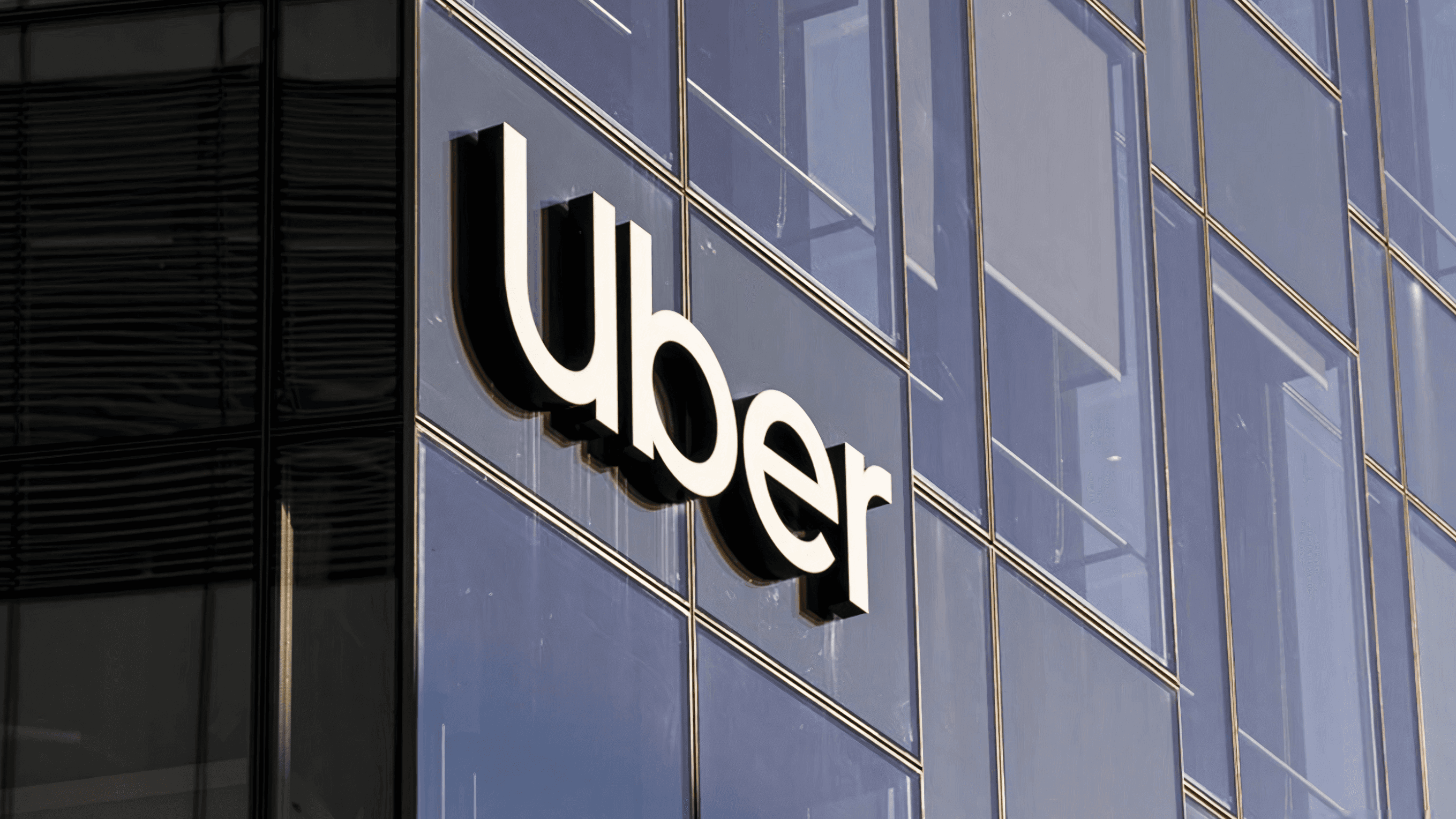
Uber Rewards
While Uber Rewards was discontinued in 2022, it’s still worth mentioning because it demonstrated how loyalty programs can be applied in the service and tech space. Members earned points for rides and Uber Eats orders. Points contributed toward tiered rewards, including flexible cancellations, price protection, and priority support.
What made Uber Rewards unique was how it integrated seamlessly into the customer journey. There were no cards, codes, or effort needed the program worked automatically through the app. This ease of use and low-friction design showed how loyalty can be built into convenience, especially for brands in on-demand services.
Although Uber replaced it with Uber One, the program's success highlighted the importance of offering practical and high-frequency benefits to boost retention in everyday use cases.
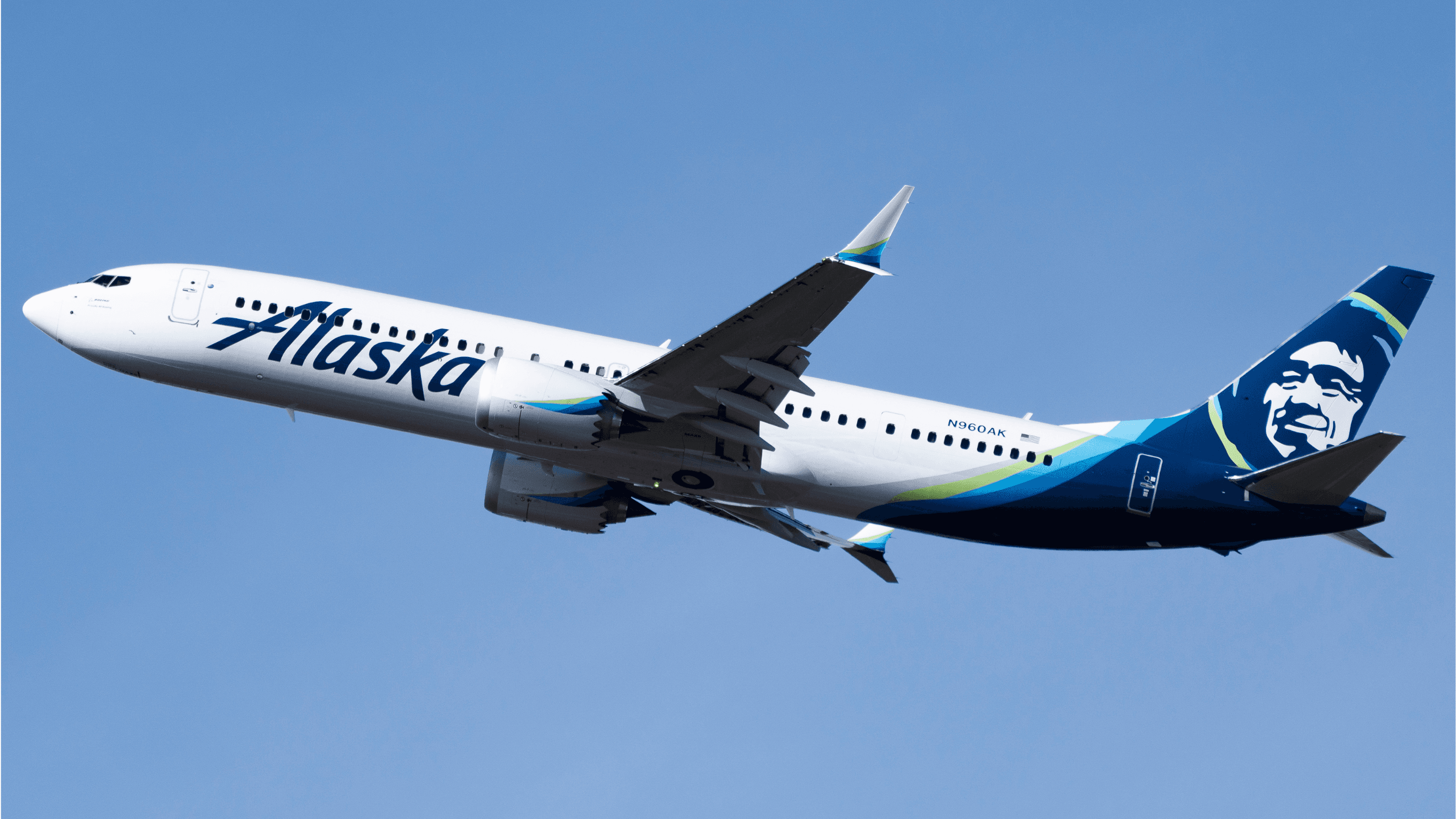
Alaska Airlines Mileage Plan
Alaska Airlines' Mileage Plan is widely regarded as one of the most generous airline loyalty programs. Unlike some frequent flyer programs that tie rewards to dollars spent, Mileage Plan members earn miles based on the distance they fly. This model rewards customers more fairly, especially those who travel long distances on lower-cost fares.
Members can redeem miles for free flights, upgrades, or partner airline bookings. The plan also features tiered rewards, with elite status offering benefits like free checked bags, priority boarding, and bonus miles. According to NerdWallet, Alaska consistently ranks high in customer satisfaction thanks to its simple, rewarding structure.
The program’s strong customer retention is built on transparency, generous mileage earnings, and partnerships with major international airlines, making it ideal for frequent flyers who want real value.
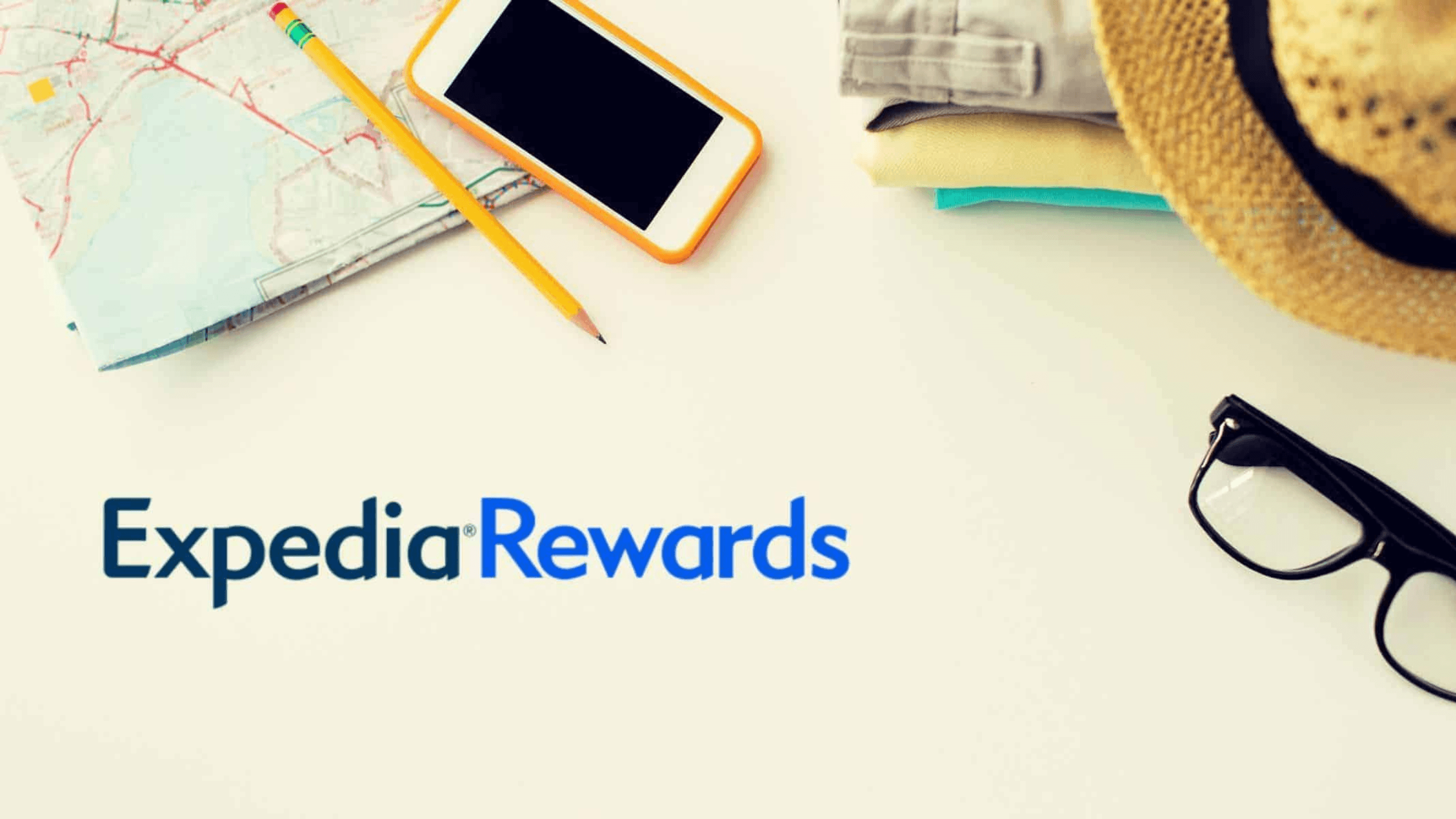
Expedia Rewards
Expedia Rewards makes travel more affordable by allowing members to earn points on flights, hotels, vacation packages, and even car rentals. One of its biggest advantages is flexibility; members can redeem points on nearly any travel booking.
The program uses a tier-based loyalty model with three levels: Blue, Silver, and Gold. As customers climb the tiers, they unlock perks such as free room upgrades, hotel discounts, and priority customer service. Members earn points for every dollar spent, and points can be redeemed at checkout with no blackout dates.
Expedia's rewards system is tightly integrated into its booking process, making it easy to use and attractive for casual and frequent travelers alike. Learn more on Expedia’s official site.

Booking.com Genius Loyalty Program
Booking.com's Genius loyalty program focuses on simplicity and instant gratification. Members get access to exclusive hotel discounts starting from their first booking. With higher tiers, members receive free room upgrades, complimentary breakfast, and priority support.
Unlike many programs, Genius benefits apply automatically; there’s no need to collect points or track spending manually. This ease of access makes it one of the most user-friendly loyalty programs in the travel space.
Booking.com also maintains an omnichannel experience, allowing users to book and access benefits seamlessly via the website or mobile app. According to Booking.com, the Genius program increases bookings and repeat visits from loyal customers, which strengthens relationships with both travelers and hotel partners.
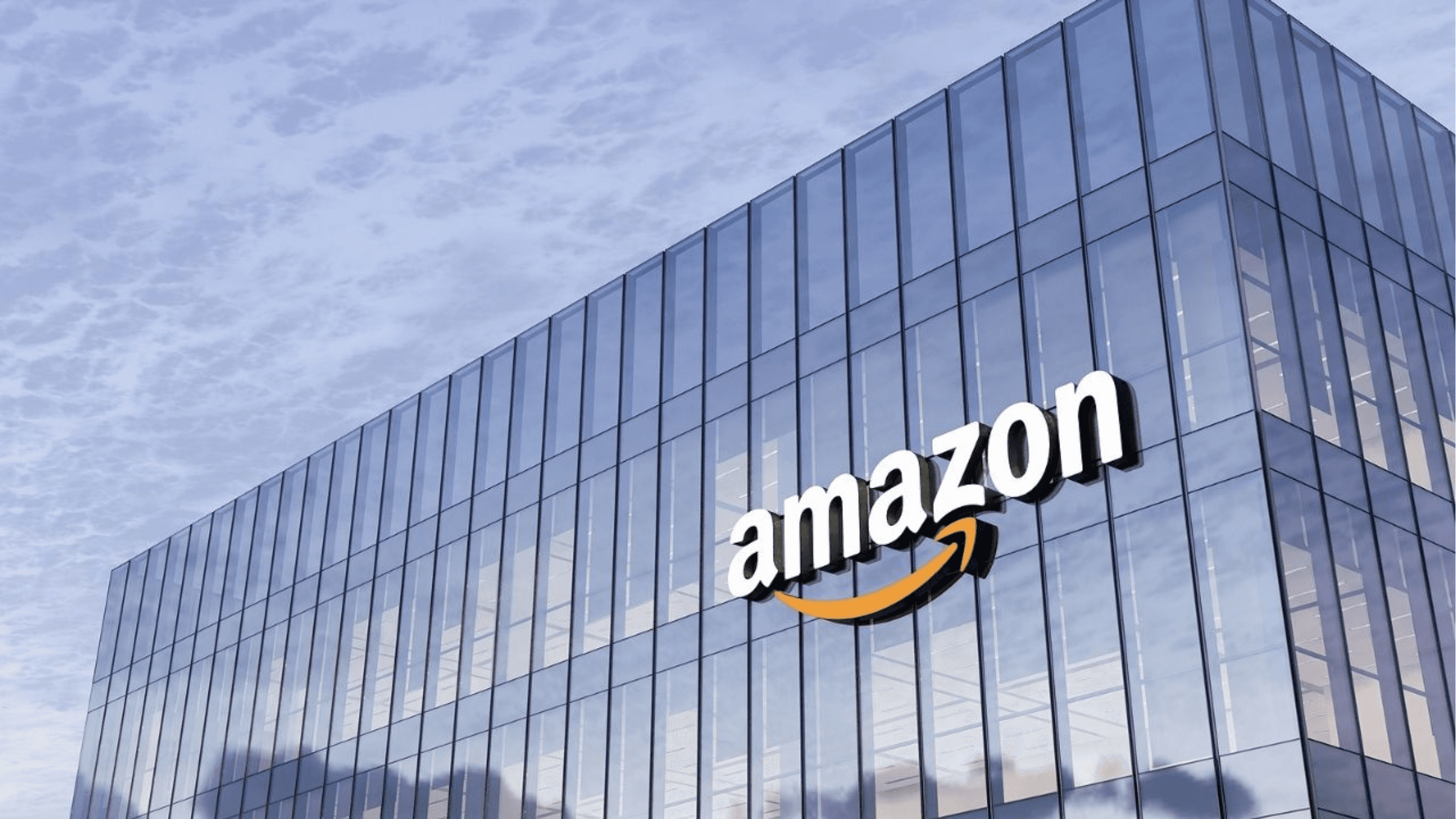
Amazon Prime
Amazon Prime is one of the most successful paid loyalty programs ever created. For a monthly or annual fee, members receive a wide range of benefits, including free same-day or next-day delivery, access to Prime Video and Music, exclusive deals, and more.
This all-in-one membership model builds strong customer retention by integrating convenience, entertainment, and savings. According to Statista, Prime has over 200 million members worldwide and they spend significantly more than non-members.
Because customers pay to join, they’re more likely to make repeat purchases to maximize their membership value. The program continuously adds new features to stay competitive and drive long-term loyalty.
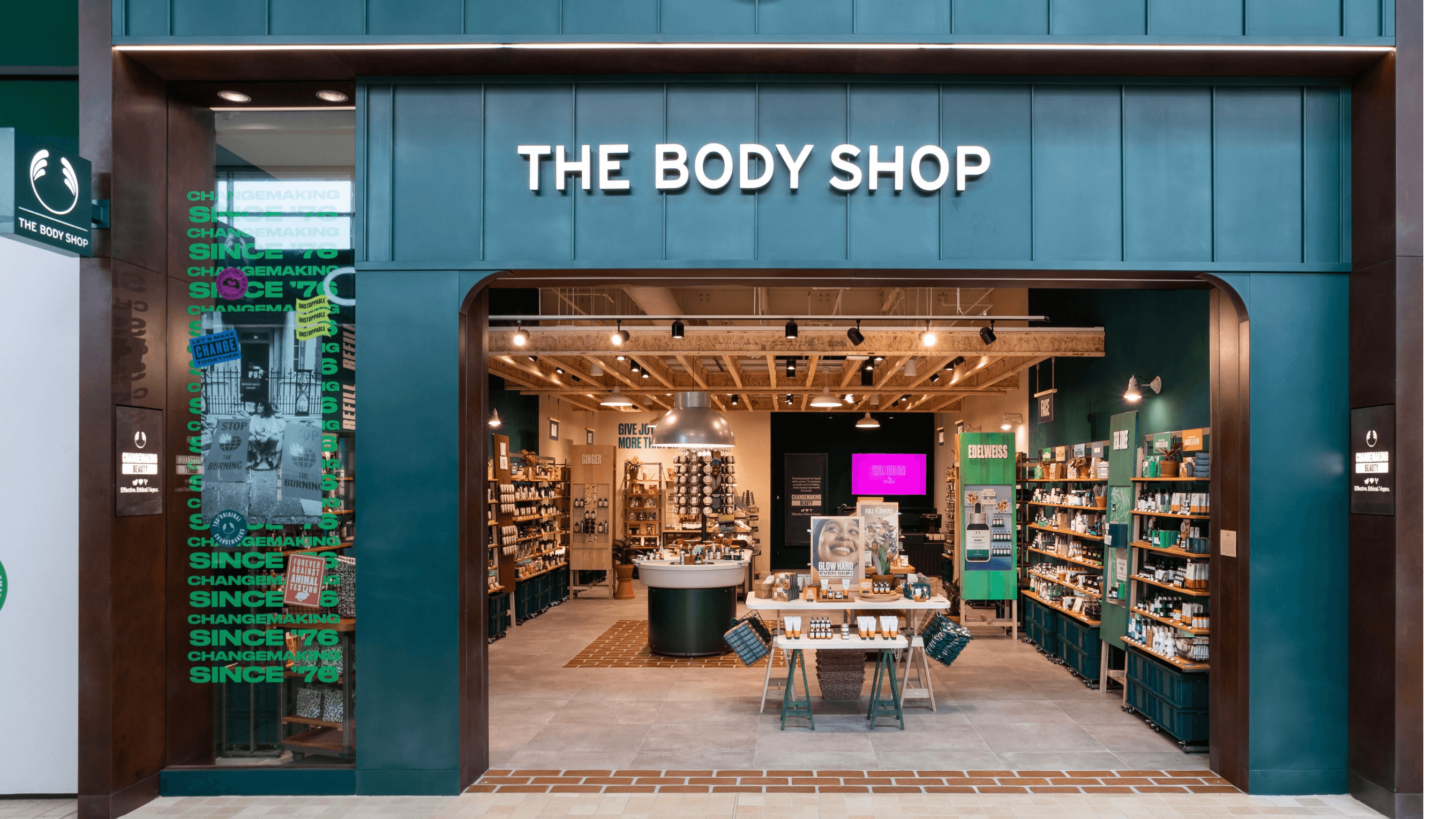
The Body Shop Love Your Body™ Club
The Body Shop’s Love Your Body™ Club combines points-based loyalty with a focus on ethics and sustainability. Members earn points for purchases and engagement, including product reviews and participating in activism campaigns.
For every 100 points, customers receive a voucher for store credit. The program also offers birthday gifts, exclusive promotions, and early access to sales. What makes it stand out is how it connects rewards programs with the brand’s mission empowering customers to support fair trade, environmental causes, and cruelty-free products.
By combining values with value, The Body Shop builds not just loyal customers, but brand advocates who share the company’s purpose.
Conclusion
Customer loyalty programs are powerful tools for boosting customer retention, driving repeat purchases, and enhancing the customer experience. From points-based systems to tiered rewards and paid loyalty programs, the best examples like Starbucks Rewards, Amazon Prime, and Sephora Beauty Insider offer clear, engaging value to their members.
To succeed, loyalty programs must be easy to use, offer enticing rewards, and align with customer values. By learning from proven models and focusing on what your audience truly wants, you can build a program that not only rewards customers but also turns them into loyal brand advocates.



